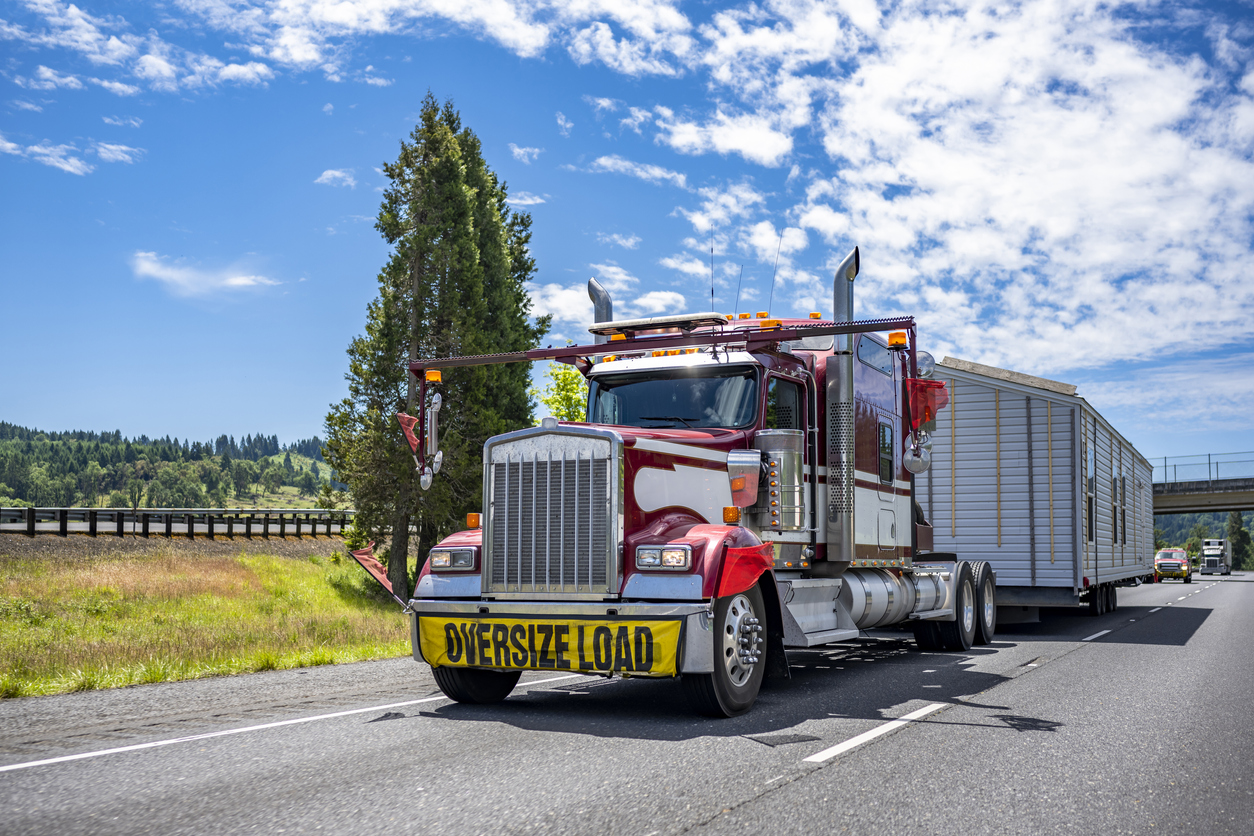If you have large or bulky items that need to get from point A to point B, it can get expensive. Here are our best tips on how to ship oversize freight in North America.
If you are in the freight and logistics business, you might understand that shipping bulky items can be an expensive undertaking. You need to determine the optimal cost by considering factors such as freight characteristics, distance, dimensional weight, and customs costs.
The nature of freight
When planning to ship oversize freight, you should look at the characteristics of the cargo and how it will affect the transportation costs. The factors to consider include:
• whether the package contains hazardous goods such as industrial chemicals
• the weight
• the distance from the destination
• the volume of the package
• applicable fees and taxes
• the urgency of the delivery or lead time
• any other special requirements
Weight and volume
Most logistics companies charge freight according to the weight and volume of the items to be transported. Heavy items attract high costs. But some light items occupy a lot of space, increasing logistical costs.
When estimating the cost, factor in both the weight and the volume. You determine the volume by measuring the width, length, and height. Then use a DIM divisor to determine the dimensional weight. Typically, logistics companies charge more for light but oversized packages than compact packages of equal weight. For instance, if your package weighs 15 pounds but has a DIM weight of 20 pounds, you will be charged the shipping costs of a 20-pound package.
You can reduce the DIM weight by packaging your freight in the smallest box possible. Find innovative ways of packaging your items more efficiently. For example, you can disassemble large equipment if the client doesn’t mind it or the cost of assembly is much lower than the logistical savings.
Trucking costs
It costs more to ship goods across the border from Canada to the US than sending them to a local destination. Many trucking and logistics companies use a zonal system to determine the total shipment costs.
Aim at reducing the number of shipping zones as the more the zones, the higher the shipping cost. However, don’t just go for the shortest route because it may be more expensive than a longer route in terms of local taxes and bottlenecks.
Sometimes it is the last mile that increases the cost of delivery. You can outsource last-mile delivery to a local logistics firm that has the capacity to handle the cargo or give customers incentives to handle the last mile.
Customs costs
If you are going to ship bulky freight across the border, you need to factor in the cost of sending the package through customs. Investigate if your cargo will incur customs duties as some countries have trade agreements that exempt their goods from customs tariffs and fees.
Join our network
Through our member companies, the ShipNorthAmerica Network provides a broad range of services in specialized freight movement. Visit our blog for more articles, news and updates for the transportation industry.

